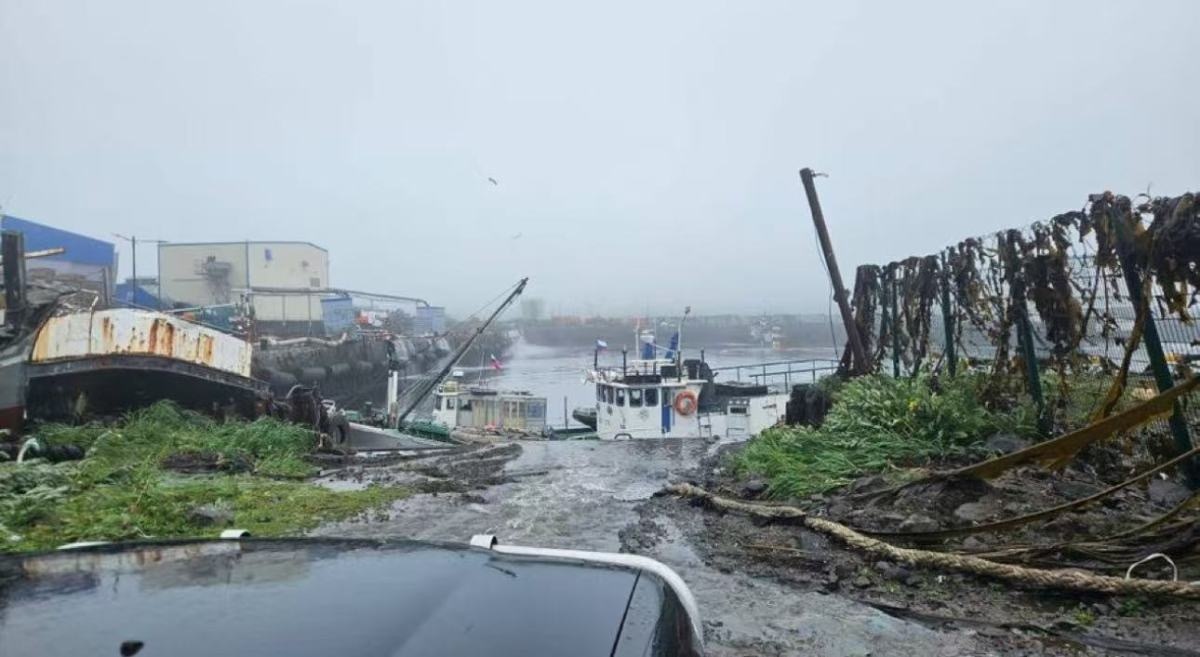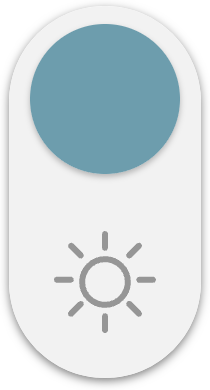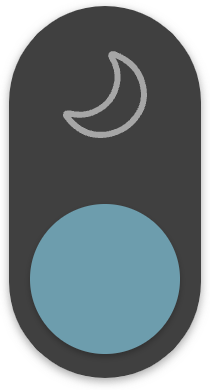
On Wednesday, July 30, an 8.8 magnitude earthquake struck off the coast of Russia's Kamchatka Peninsula, making it one of the strongest earthquakes of this century. The quake prompted tsunami warnings for a vast area, including Japan, Hawaii, the US West Coast, and New Zealand. While many warnings have since been downgraded, regions like Chile have raised their tsunami alert to the highest level for most of their 6,400-kilometer Pacific coastline.
According to the Associated Press, this earthquake ranks as one of the most powerful earthquakes in the 21st century and the sixth-strongest in recorded history, following the 1952 Kamchatka earthquake, which measured 9.0.
The earthquake's significant impact is attributed to its location within the Pacific Ring of Fire, a seismically active zone where over 80% of the world's major earthquakes occur due to tectonic plate interactions and frequent volcanic activity.
The quake was classified as a shallow earthquake, with a depth of just 19.3 kilometers, increasing the intensity of ground shaking near the epicenter and triggering tsunamis that radiated outward.
Simon Boxall, a lead lecturer at the University of Southampton's Physical Oceanography research centre, explained, "It's a bit like throwing a very, very large rock into the sea and then watching the waves propagate away from that rock, that splash."
"And so that's what's happened in this case. And that's why this particular one has generated a tsunami. It's not huge. It's not one that's going to cause mass devastation. But it will cause coastal flooding, and it will cause damage, and it does put lives at risk if people don't move to high ground," he added.
Related News:




















Comment